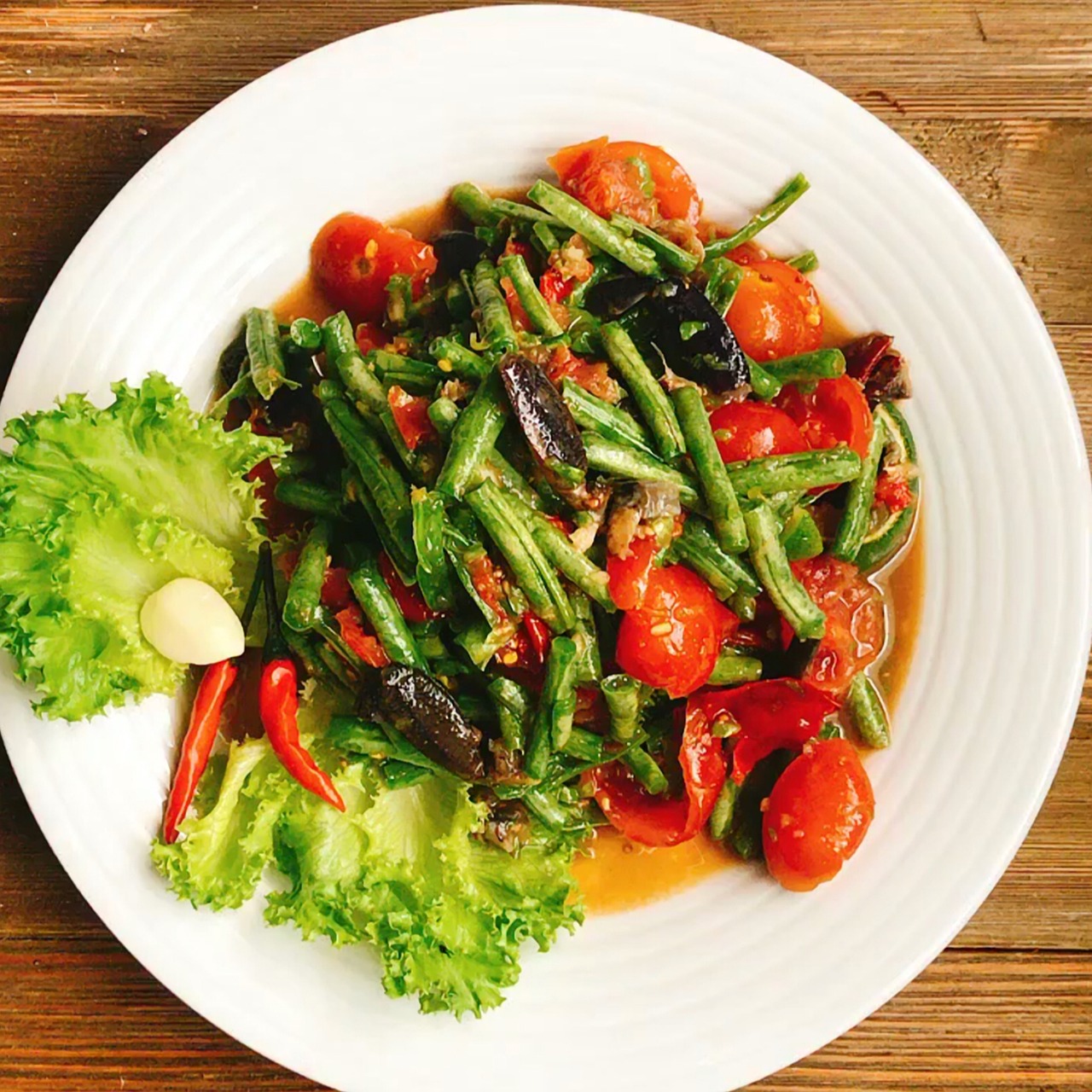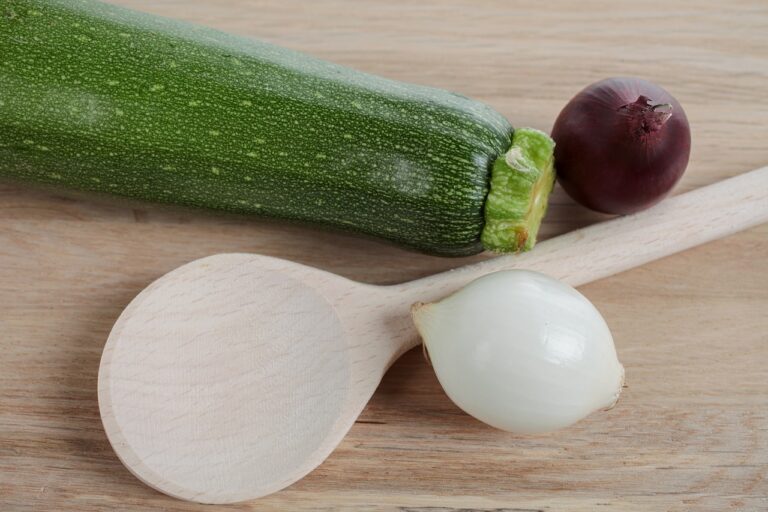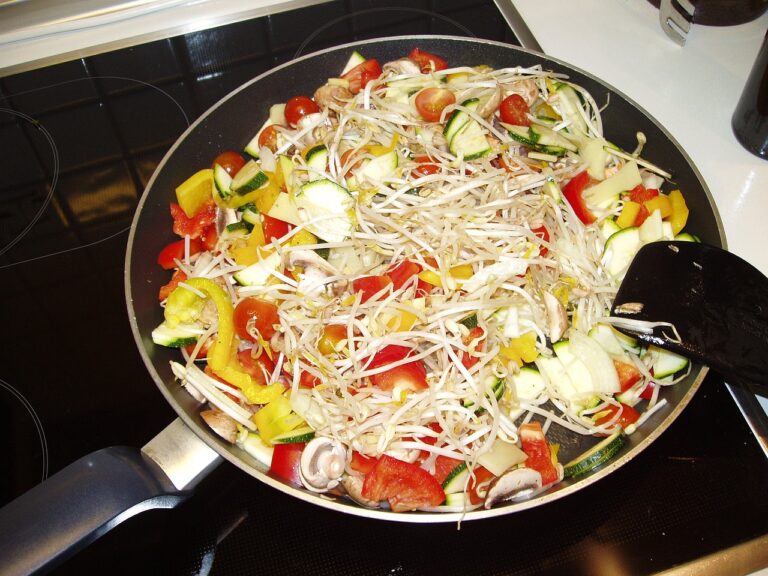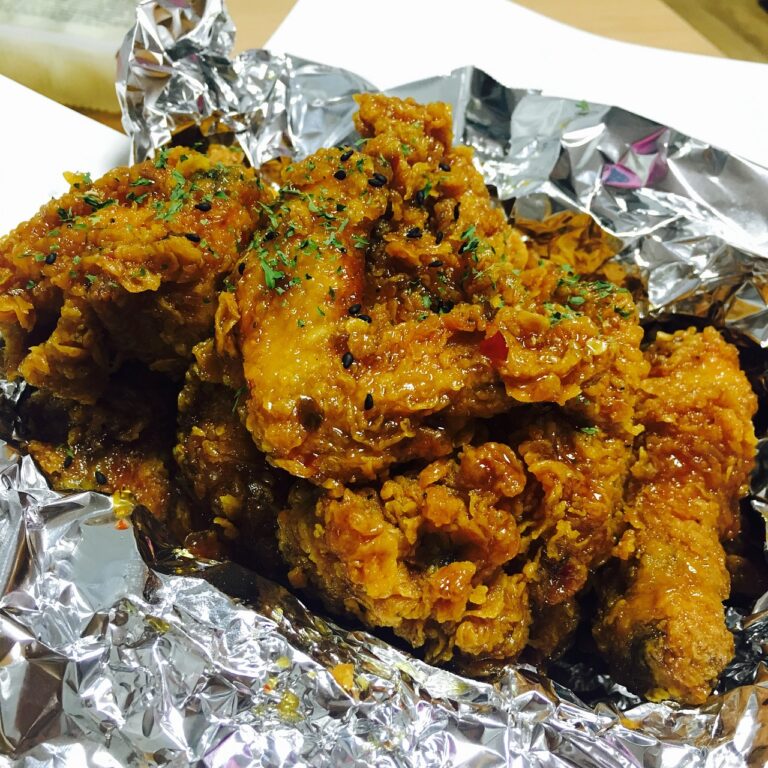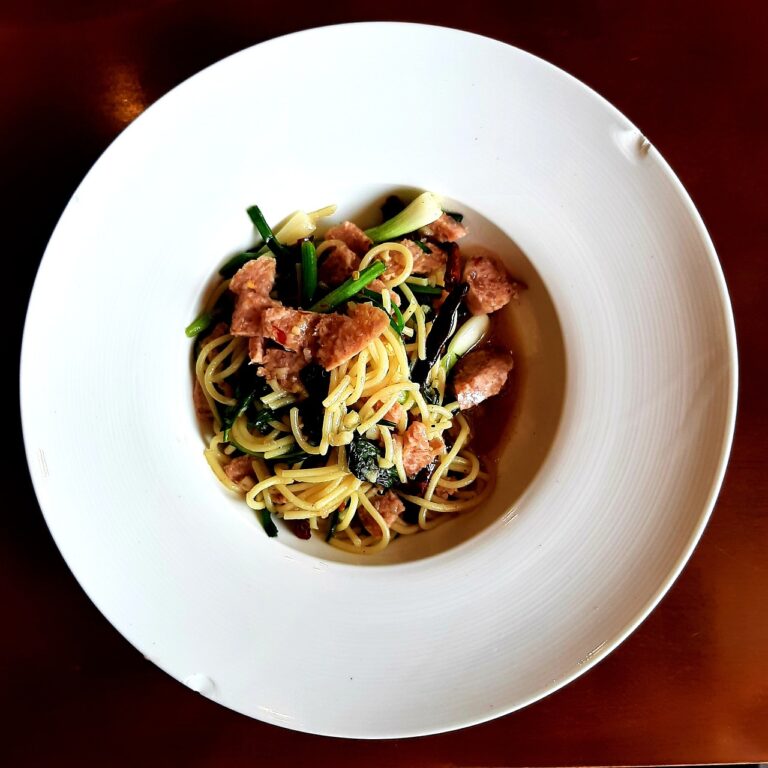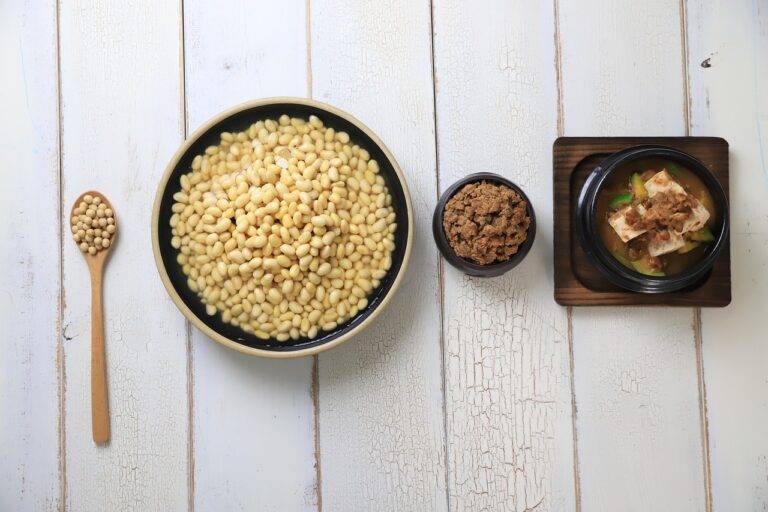Cooking with Alternative Grains
Alternative grains have become increasingly popular in recent years due to their nutritional benefits and unique flavors. Cooking with alternative grains offers a variety of options for those looking to add diversity to their diet and experiment with new ingredients. In this article, we will explore some of the best alternative grains to cook with and provide tips and recipes for incorporating them into your meals.
Quinoa
Quinoa is a versatile and nutritious grain that is often referred to as a “superfood” due to its high protein content and essential amino acids. It can be cooked in a variety of ways, such as boiling, steaming, or even toasting for a nutty flavor. Quinoa can be used as a base for salads, soups, stir-fries, or even as a substitute for rice in dishes like pilaf or risotto.
Amaranth
Amaranth is a gluten-free grain that is rich in fiber, protein, and minerals like iron and calcium. It can be cooked similar to rice or quinoa and has a slightly sticky texture when cooked, making it a great binder for veggie burgers or meatballs. Amaranth can also be popped like popcorn and sprinkled on salads or used as a crunchy topping for yogurt or oatmeal.
Millet
Millet is a small, round grain that is gluten-free and rich in antioxidants and magnesium. It has a slightly sweet flavor and a fluffy texture when cooked, making it a great base for pilafs, stews, or as a side dish. Millet can also be ground into flour and used in baking recipes for bread, muffins, or pancakes.
Teff
Teff is a tiny grain that is native to Ethiopia and is rich in iron, calcium, and protein. It has a slightly nutty flavor and a texture similar to poppy seeds when cooked. Teff can be used to make porridge, polenta, or as a replacement for rice in dishes like stir-fries or sushi.
Buckwheat
Buckwheat is a gluten-free grain that is actually a seed related to rhubarb and sorrel. It is rich in fiber and essential nutrients like magnesium and B vitamins. Buckwheat can be cooked like rice or quinoa and has a slightly nutty flavor. It can be used in dishes like salads, soups, or as a replacement for oats in recipes like porridge or granola.
Sorghum
Sorghum is a versatile grain that is gluten-free and rich in fiber and antioxidants. It has a neutral flavor and a chewy texture when cooked, making it a great addition to salads, soups, or as a substitute for rice or pasta in dishes like pilaf or stir-fry. Sorghum can also be ground into flour and used in baking recipes like bread or muffins.
FAQs
Q: Are alternative grains healthier than traditional grains?
A: Alternative grains like quinoa, amaranth, millet, teff, buckwheat, and sorghum are often considered healthier than traditional grains like wheat or rice due to their higher nutrient content, including protein, fiber, and essential vitamins and minerals.
Q: How do I cook alternative grains?
A: Alternative grains can be cooked using various methods, such as boiling, steaming, or even toasting. Each grain may require a different cooking time and water ratio, so it is important to follow the instructions on the packaging or recipe to ensure they are cooked properly.
Q: Can I use alternative grains in baking?
A: Yes, many alternative grains can be ground into flour and used in baking recipes like bread, muffins, or pancakes. They offer a unique flavor and texture to baked goods and can be a fun way to experiment with different ingredients in your kitchen.
Overall, cooking with alternative grains is a great way to add variety and nutrition to your meals. Whether you are looking to experiment with new flavors or incorporate more protein and fiber into your diet, alternative grains offer a range of options for creative and delicious cooking. Try incorporating some of these grains into your next meal for a healthy and flavorful twist!

